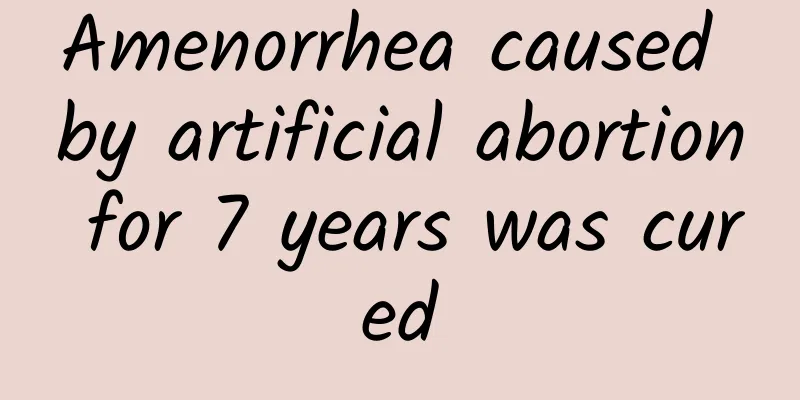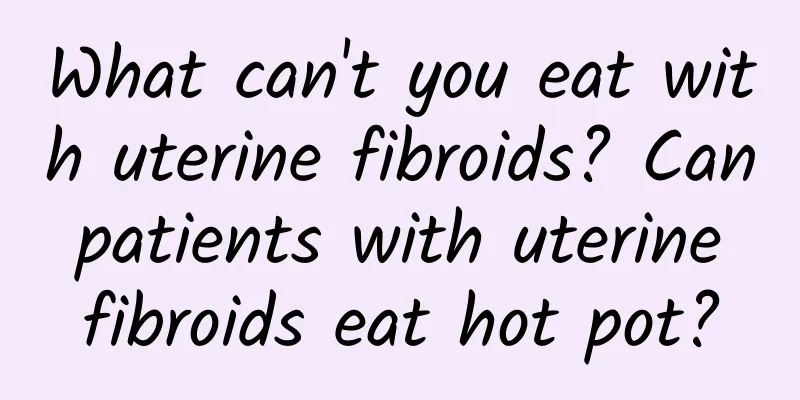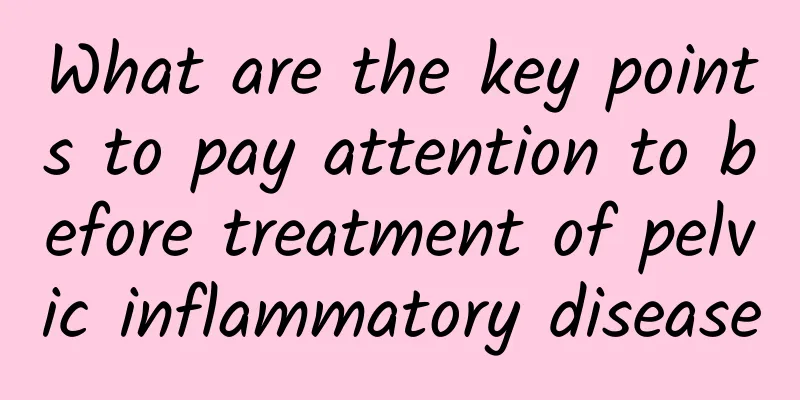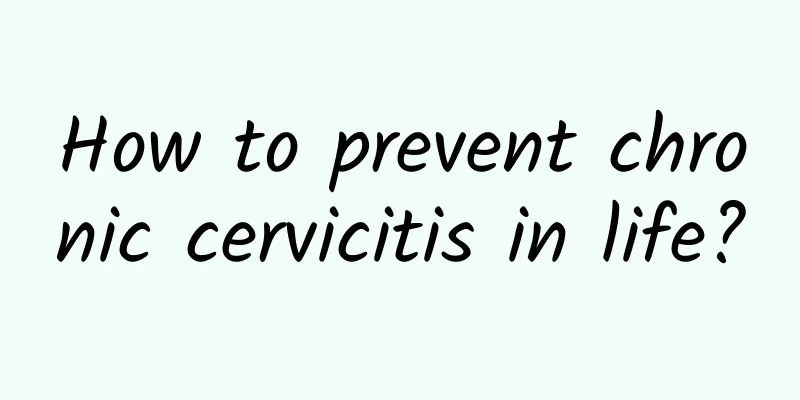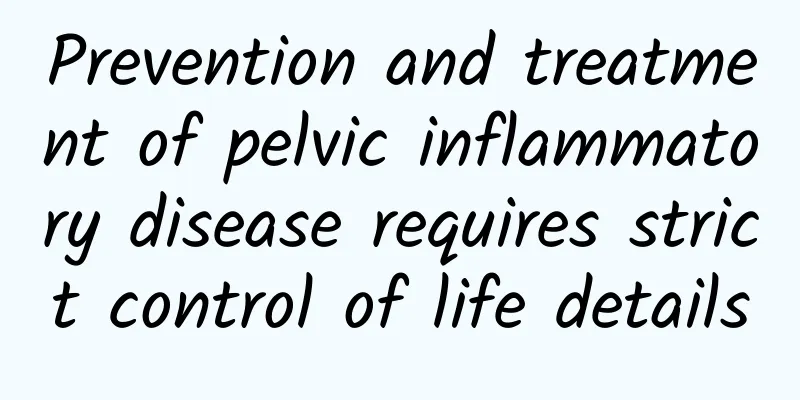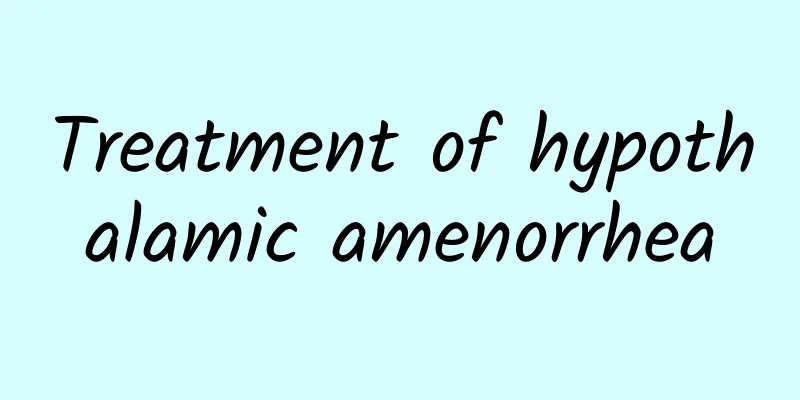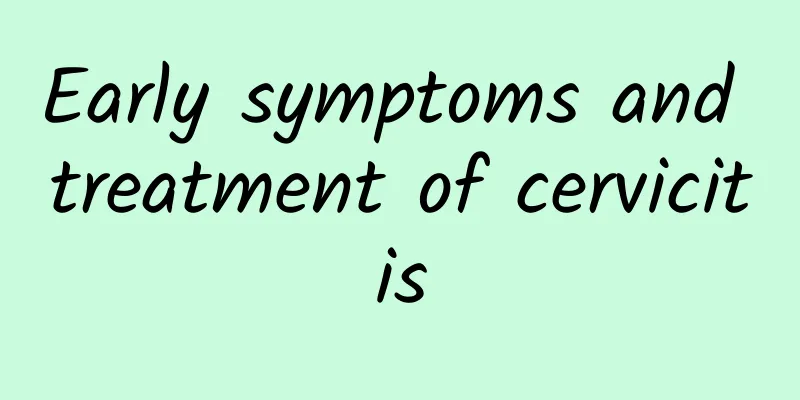What to do with polycystic amenorrhea
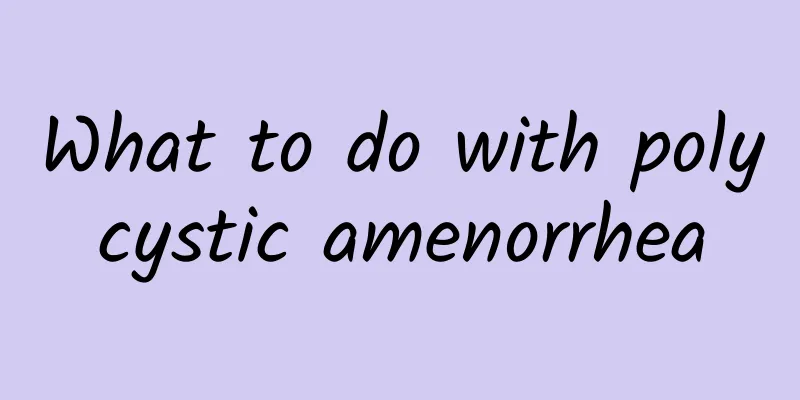
|
What to do about polycystic amenorrhea? 1. Regulate the menstrual cycle: It is very important to use medications regularly and reasonably to counter androgens and control the menstrual cycle. ① Oral contraceptives: estrogen and progesterone combined cyclic therapy. Progesterone can directly act on the endometrium through negative feedback to abnormally high pituitary LH secretion, reduce ovarian estrogen production, and regulate the menstrual cycle; estrogen can promote the liver to produce sex hormone binding globulin, resulting in a decrease in free testosterone. Commonly used oral short-acting contraceptives are taken regularly, and the course of treatment is generally 3-6 months, which can be used repeatedly. It can effectively inhibit hair growth and treat acne. ② Progesterone second half cycle therapy: It can regulate menstruation and protect the endometrium. It can also inhibit the high secretion of LH. It can also restore ovulation. 2. Reduce blood androgen levels. 3. Improve insulin resistance: Insulin sensitizers are often used in patients with obesity or insulin resistance. Metformin can inhibit the liver from synthesizing glucose and increase the sensitivity of peripheral tissues to insulin. By reducing the insulin learning level, it can correct the patient's high androgen state, improve ovarian ovulation function, and improve the effect of ovulation induction treatment. The usual dose is 500 mg orally each time, 2-3 times a day. 4. Inducing ovulation: After basic treatments such as adjusting lifestyle, anti-androgen, and improving insulin resistance, ovulation induction treatment is performed. Clomiphene is a first-line ovulation drug. Patients with clomiphene resistance can be given second-line ovulation drugs, such as gonadotropin. Inducing ovulation is prone to ovarian hyperstimulation syndrome, which requires strict monitoring and strengthening of preventive measures. |
<<: How to treat and prevent uterine fibroids
>>: What should women with uterine fibroids do when they become pregnant?
Recommend
How long after a miscarriage can I take a shower? See what the doctor says
If a miscarriage is not handled in time, it will ...
Eat away fatigue and obesity! Must-have probiotic nutrients to fight inflammation
If you are prone to fatigue, pain, swelling, or e...
What should I pay attention to when doing painless abortion at the age of 45?
What should I pay attention to when having a pain...
What are the symptoms and causes of left ovarian cyst?
Ovarian cysts refer to the formation of cysts in ...
Pay attention to vaginitis caused by long-term non-changing of sanitary napkins
MicrosoftInternetExplorer402DocumentNotSpecified7....
What is the cause of second-degree cervical erosion in women? Second-degree cervical erosion is caused by 5 reasons
The cervix is a unique part of a woman's bo...
How to prevent ectopic pregnancy in daily life
Ectopic pregnancy is common in life, and it can c...
How much does an abortion cost?
At present, many small clinics use cheap surgical...
What to do if you want a natural abortion
Miscarriage is a very sensitive and complex topic...
How much does it cost to treat a left ovarian cyst?
Ovarian cysts are a type of tumor. The acidic env...
What harm does menopause bring to women?
Menstruation will accompany women for most of the...
What are the dietary taboos for women who have abortion?
Women must pay attention to their bodies during p...
What are the dangers of long-term amenorrhea?
As we all know, amenorrhea means that a woman beg...
Are linear uterine fibroids serious in women? What are the hazards of linear uterine fibroids in women?
Linear uterine fibroids are generally a more seri...
What should I do if a health check-up reveals high body fat and fatty liver? Nutritionists teach you 3 principles for fat loss
This month is the health check month for Good Foo...

